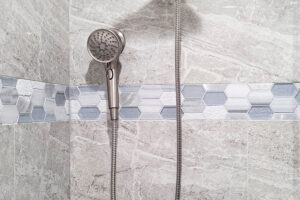A worn-out bathtub and shower area can drag down the look and feel of your bathroom. If you’re in need of a refresh, you might consider two options: tub refitting or tile replacement. Let’s break down what each involves and which might be the best solution, given the circumstances.
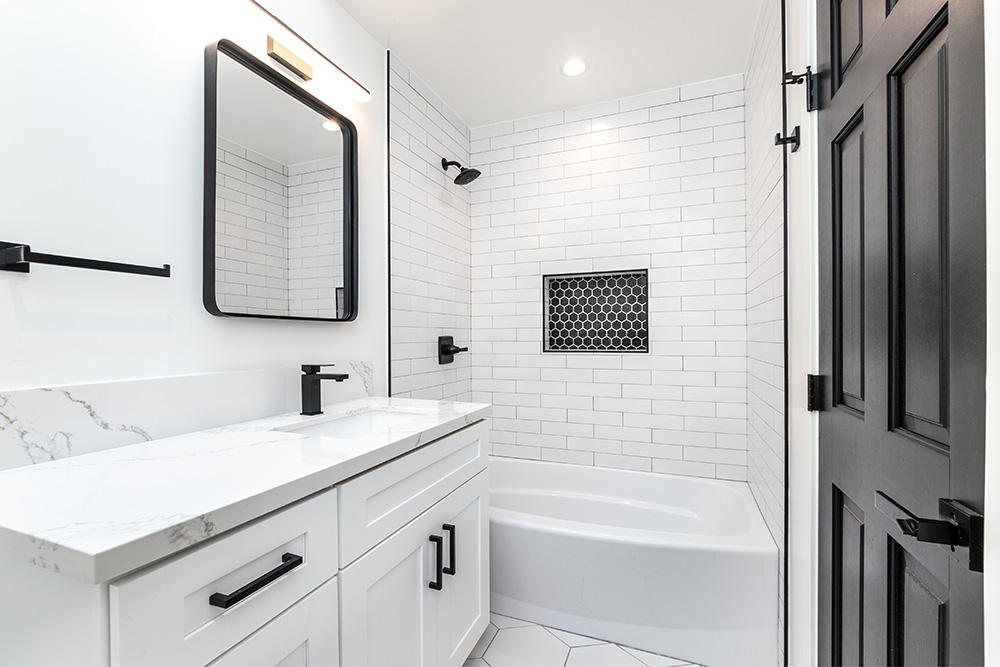
Tub Refitting: A Quick and Cost-Effective Transformation
Tub refitting, sometimes referred to as tub refinishing or reglazing, offers a way to give an old tub a new lease on life. It involves applying a specialized coating or liner over your existing bathtub. The new liner will hide cracks, chips, or outdated colors.
There are several benefits to only refitting, rather than outright replacing, your tub:
Affordability: Refitting is typically more cost-effective than a full tub replacement.
Speed: The process of refitting is less time-consuming than a full replacement, usually only taking a few days.
Customization: Refinishing comes in a variety of colors and styles, offering some design flexibility.
However, keep in mind there drawbacks:
Durability: Refinished surfaces may not last as long as a brand-new tub, especially with heavy use.
Underlying Issues: Refitting won’t address structural problems or leaks in the original tub.
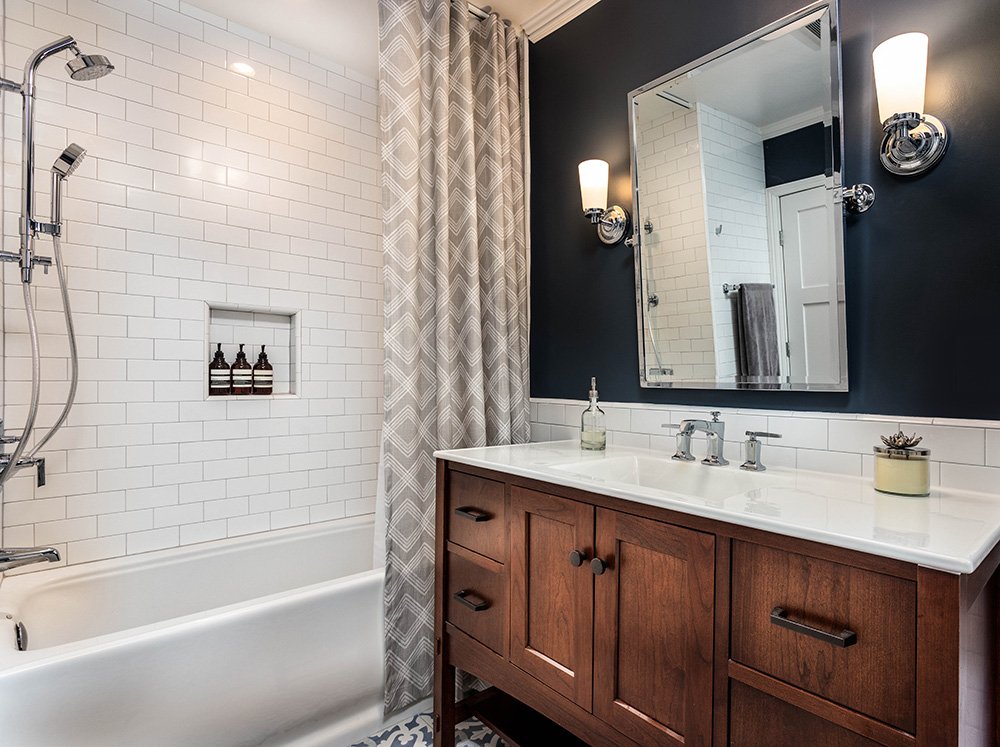
Tile Replacement: A Thorough Option
Tile replacement offers a complete overhaul of your shower or tub surround. This involves removing the old tiles and installing a new tile design of your choice.
Design Flexibility: Tiles offer endless possibilities, with various colors, sizes, patterns, and materials to create a unique look.
Addressing Moisture Issues: Tile replacement allows for repairing a damaged backer board, waterproofing your floor, or addressing potential leaks or mold problems.
Longevity: Properly installed, high-quality tiles can last for decades.
If you’re thinking of going the replacement route, there are a few major considerations to keep in mind:
Cost: Tile replacement usually costs more than refitting due to material and labor expenses.
Disruption: Replacing tiles is a more invasive process, temporarily impacting your bathroom’s usability.
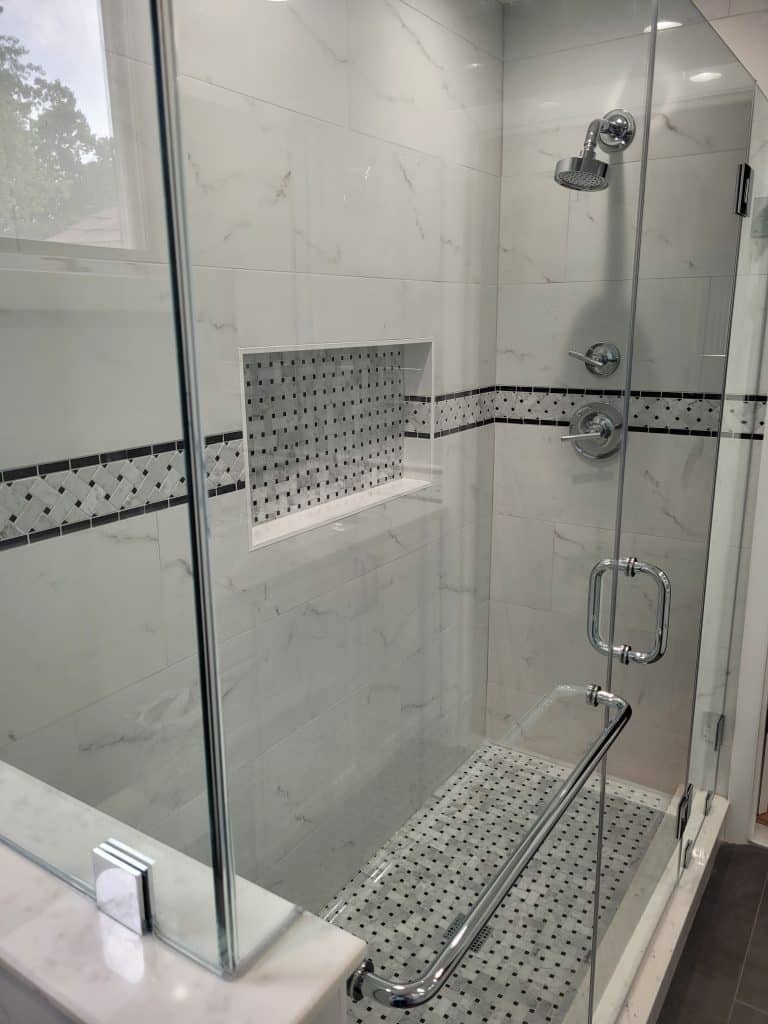
Tub Refitting vs. Tile Replacement: When to Choose Each
Budget-Conscious Updates: If you’re working with a limited budget and your tub is structurally sound, refitting is a quick and affordable option.
Addressing Deeper Issues: If your tub is severely damaged, leaking, or if you want to address issues behind the tile, a full replacement is better.
Customization and Design: For a unique and fully customizable shower or bath area, tile replacement offers significant advantages.Smaller Spaces: If your bathroom is especially small, refitting might be a practical solution to avoid the disruption of a full remodel.
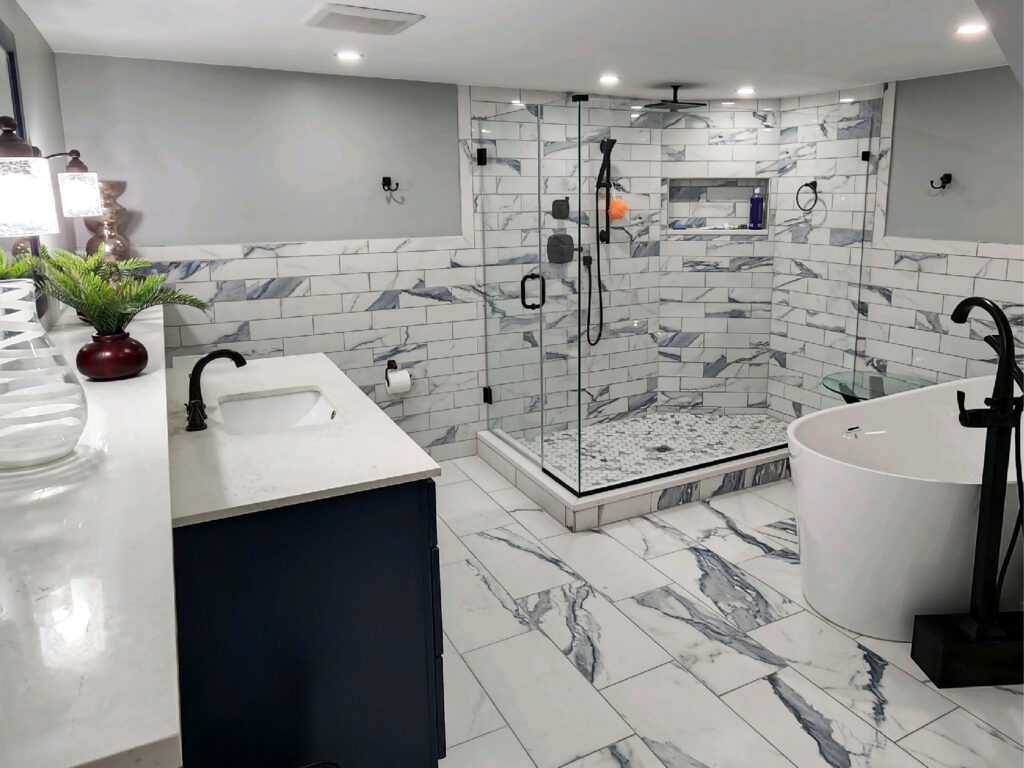
Important Considerations:
Professional Installation: Both refitting and tiling require skilled installation. Ensure you choose a reputable contractor for optimal results.
Maintenance: With proper care, both refitted bathtubs and tile surrounds can look great for years. However, harsh chemicals should be avoided on refitted surfaces.
There’s no one-size-fits-all answer when it comes to updating your bath or shower area. The best choice for you comes down to your needs, budget, and desired outcome.

